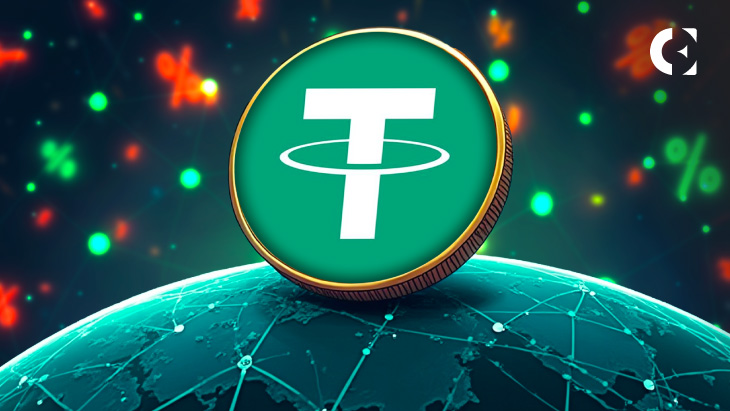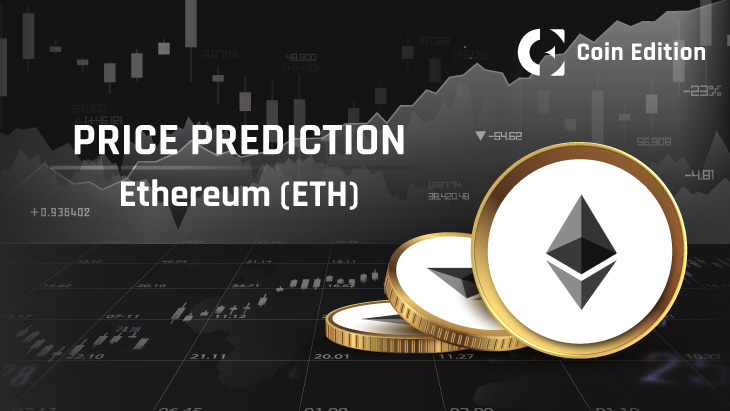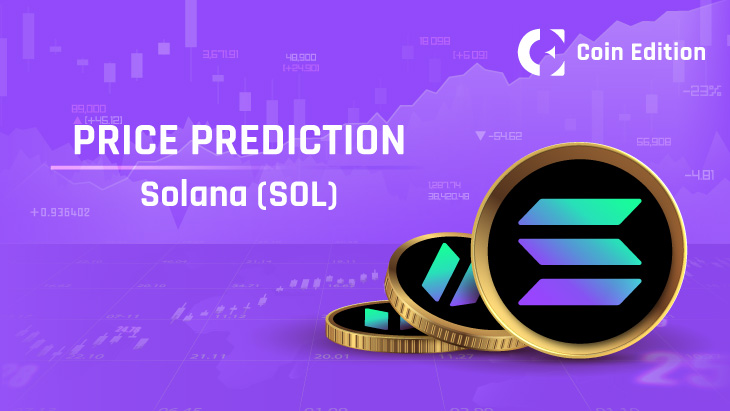- Tether CEO Paolo Ardoino says USDT transfers now account for 40% of all blockchain fees.
- The data highlights USDT’s deep, systemic importance to the on-chain economy.
- The company also posted a profit of $5.7 billion for the first six months of 2025.
Tether CEO Paolo Ardoino disclosed that transfers of USD₮ (USDT) now account for 40 percent of all blockchain transaction fees paid across nine major blockchain networks.
This single data point shows just how deeply USDT now dominates on-chain activity and generates fees across a diverse range of protocols, including Ethereum, Tron, and Solana.
Tether’s Massive Financial Scale
Tether’s market capitalization crossed $100 billion mark in Q2 2025, reaching approximately $157 billion as of June 30, 2025. Its supply alone represented nearly 8.6% of the total cryptocurrency market value in Q1 2025. The company posted net profits of about $4.9 billion in Q2 2025 ended June 30, 2025, bringing its total for the first half of the year to $5.7 billion.
Related: Tether Reports $4.9B Q2 Profit and $2.6B Gains from Bitcoin, Gold Reserves
The company also holds around $98 billion in U.S. Treasury bills, making it one of the world’s largest institutional holders of U.S. debt. Its market share is so significant that researchers estimate its buying activity has helped lower one-month Treasury yields by as much as 24 basis points.
How USDT Drives Network Economics
The reason for USDT’s high fee generation is simple in that users flock to blockchain networks that offer the lowest fees for transfers. Currently, Tron and Binance Smart Chain handle substantial USDT volume due to minimal transaction costs—typically ranging $0.01 to $0.05 per transfer.
In many emerging markets, individuals and businesses use USDT for payments, remittances, and savings, especially in regions with unstable local currencies. That usage amplifies its fee footprint across the networks.
Regulatory Counterpoint and Tether’s Next Move
Regulators and financial analysts highlight risks related to Tether’s scale and market dominance. Tether has faced criticism over transparency of its reserves and compliance practices.
While Tether publishes quarterly attestations, it has yet to produce a full external audit confirming 100 percent backing by fiat dollars. Legislative proposals such as the U.S.’s GENIUS Act (passed July 2025) aim to bring stablecoins under stricter oversight.
The huge share of blockchain fees generated by USDT transfers highlights both the market’s reliance on the stablecoin and its systemic importance. As a final power move, Tether’s evolving strategy now includes plans for its own zero-fee blockchain, named Plasma.
Disclaimer: The information presented in this article is for informational and educational purposes only. The article does not constitute financial advice or advice of any kind. Coin Edition is not responsible for any losses incurred as a result of the utilization of content, products, or services mentioned. Readers are advised to exercise caution before taking any action related to the company.







